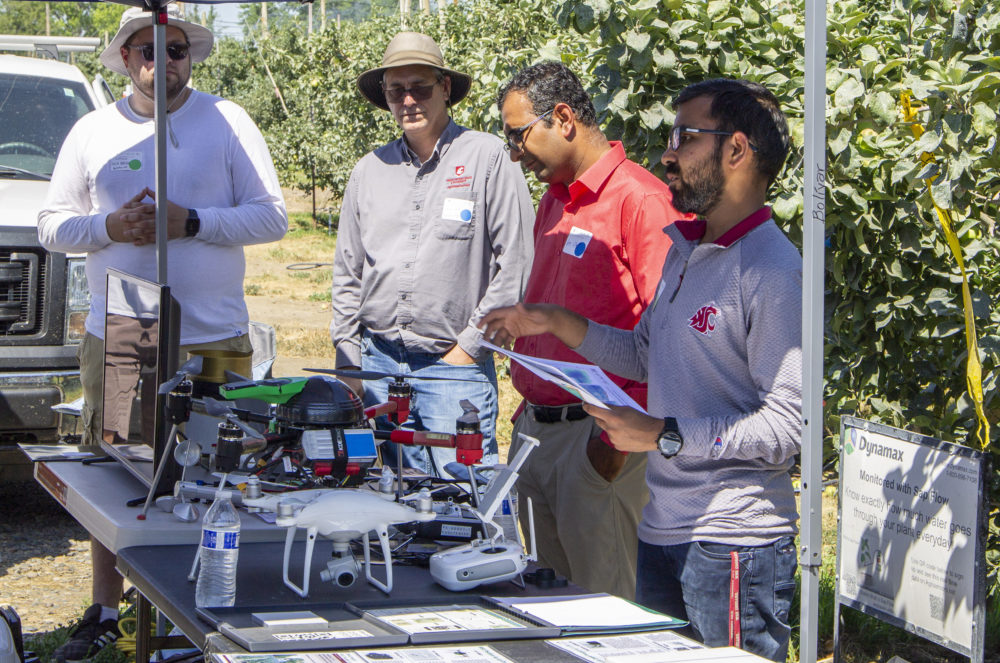
A hardy group of about 50 growers, industry professionals and researchers gathered under the hot sun — and in the shade, where they could find it — in Grandview, Washington, for a Smart Orchard field day held July 26 in English and July 27 in Spanish.
Organized by Washington State University Tree Fruit Extension, the Washington Tree Fruit Research Commission and technology company innov8.ag, the field day featured updates on soil nutrient analysis, heat stress management and canopy vigor mapping technologies being studied in a Honeycrisp orchard owned by Washington Fruit and Produce Co.
Attendees rotated among three different stations to hear presentations on the latest research findings.
Soil analysis
Bernardita Sallato, WSU tree fruit extension specialist, said her role in the Smart Orchard project is to “ground truth” the information coming from the sensors and other technology by checking how well it correlates with the information coming from standard soil analysis procedures.
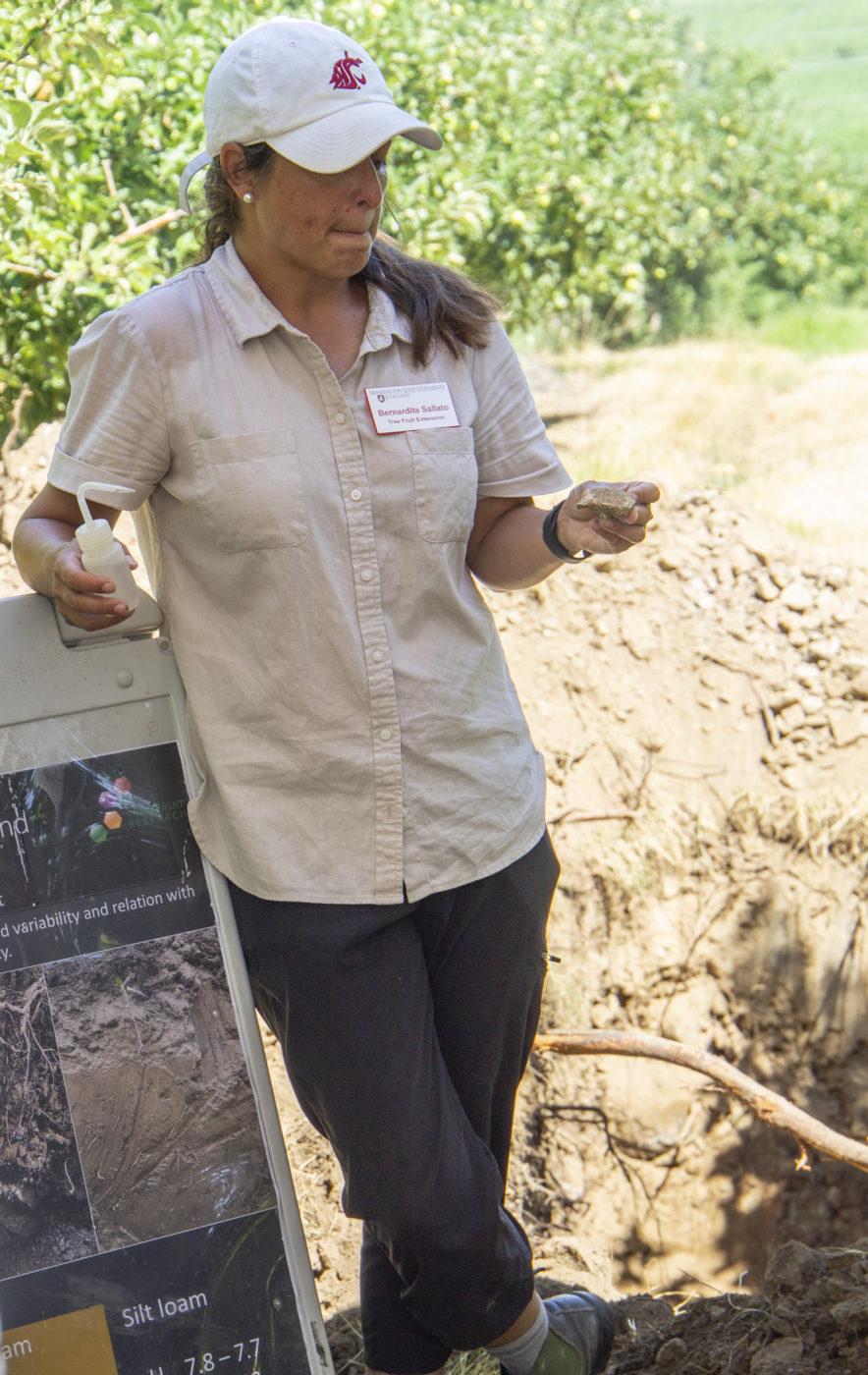
After explaining a series of data maps, graphs and charts, she pointed to a soil pit behind her. “Unfortunately, there’s no other way to understand what is going on, but looking,” she said. “We’re going to remain with the 100-year-old technology … it works.” (See “Soil pits get the view from below.”)
She is also taking measurements of fruit growth, by hand, and will evaluate fruit quality at the end of the season. This data is needed to understand if the new technologies can deliver on their promises to improve either yield or quality, or both.
Plant sensors in the orchard
Lee Kalcsits, WSU endowed chair for tree fruit environmental physiology and management, explained that his role in the Smart Orchard project focused on plant-based sensors, including dendrometers and microtensiometers that measure plant responses to the environment.
WSU doctorate student Basavaraj Amogi talked about a project involving noncontact sensors used to measure fruit surface temperature. The image-based technology can also integrate different types of sensors for heat stress management, spectral analysis of the canopy or air quality sensing.
Acknowledging the wide array of sensors available today (see “Sensor overload”), Kalcsists recommended growers stick to the ones that have scientific literature behind them, and he encouraged growers to push the companies to share data.
“One of the big issues with sensors is data ownership,” Kalcsits said. “Your data is really powerful, and your historical data is even more powerful. Make sure, before you’re adopting a technology, that you own that data and you have access to that raw data.”
AgWeatherNet and drone imagery
Lav Khot, associate professor at WSU’s Center for Precision and Automated Agricultural Systems and director of AgWeatherNet, is leading a project focused on collecting data and developing products growers can use for canopy management, irrigation management, stress management and more.
From his laptop, Sean Hill, AgWeatherNet application systems analyst/developer, showed the group the range of data collected by the weather stations — including climate summaries that show the normal range of temperatures, extreme temperatures, precipitation, evapotranspiration and winds.
“All that data is great on its own, but if you take it and put it into some sort of decision support tool or model that’s been developed, you can become proactive in your management decisions,” Hill said. (See “A new day for DAS.”)
Khot and project team members also talked about integrating private weather stations with AgWeatherNet (see “Ag weather or not”) and gave an overview of drone imagery-based canopy vigor and ET mapping technology.
—by Jonelle Mejica

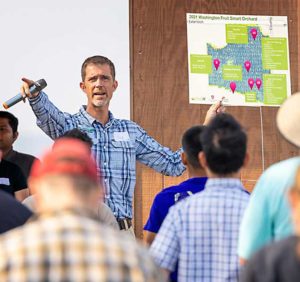
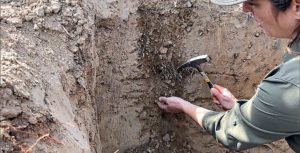
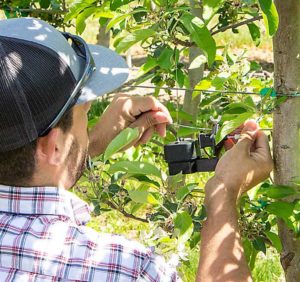
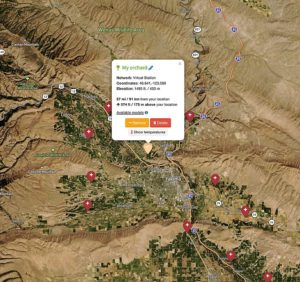
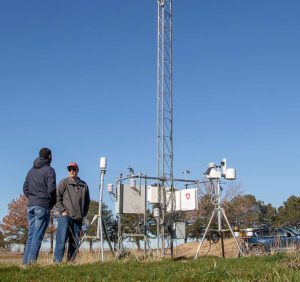





Leave A Comment